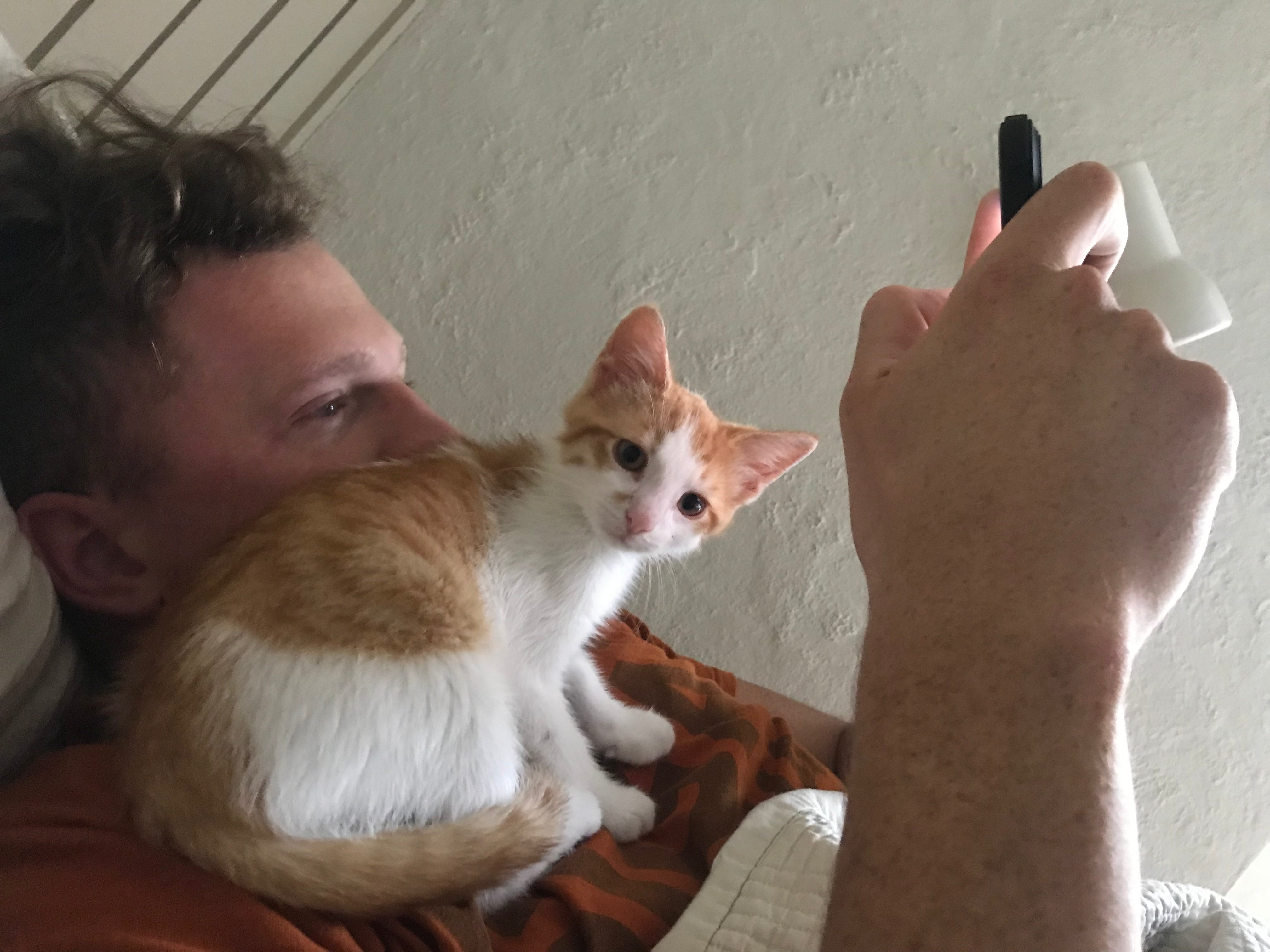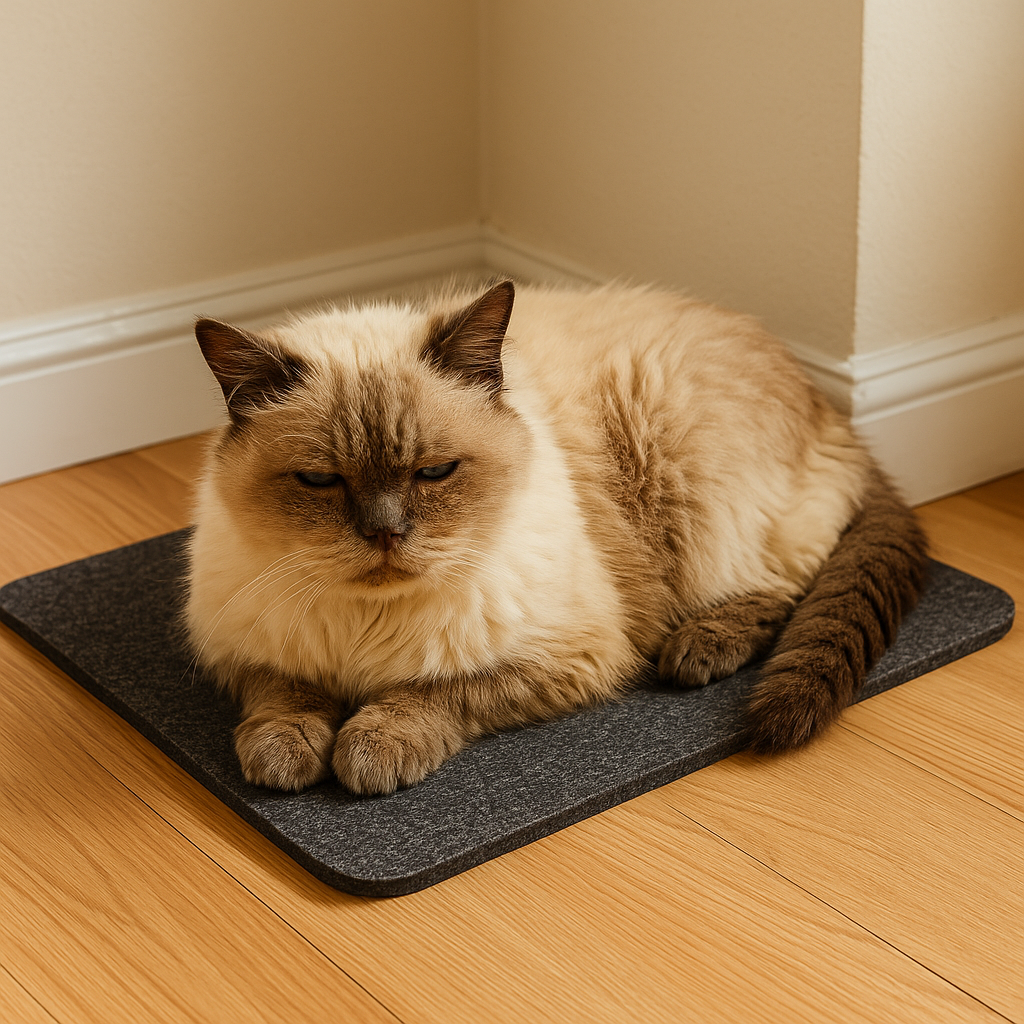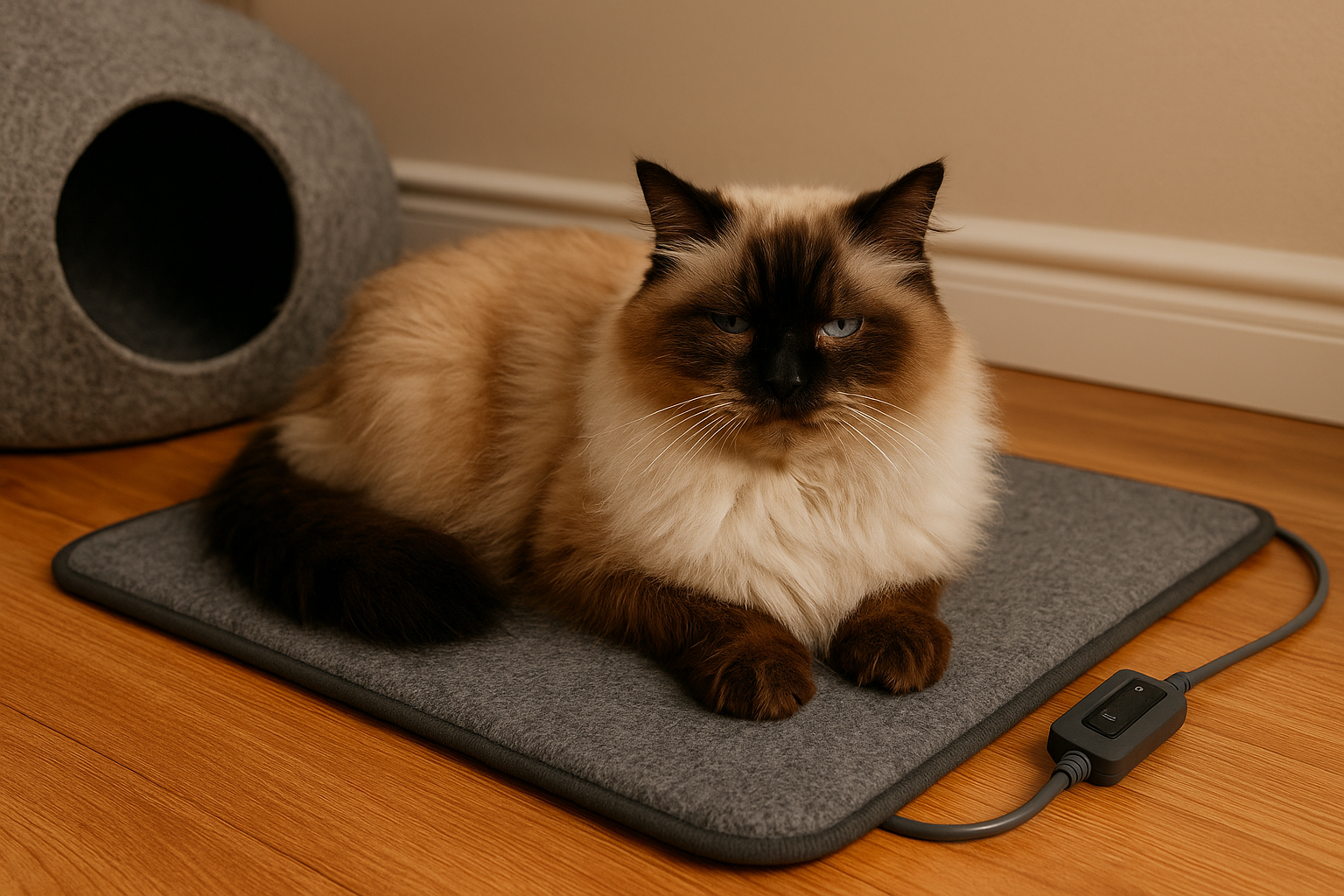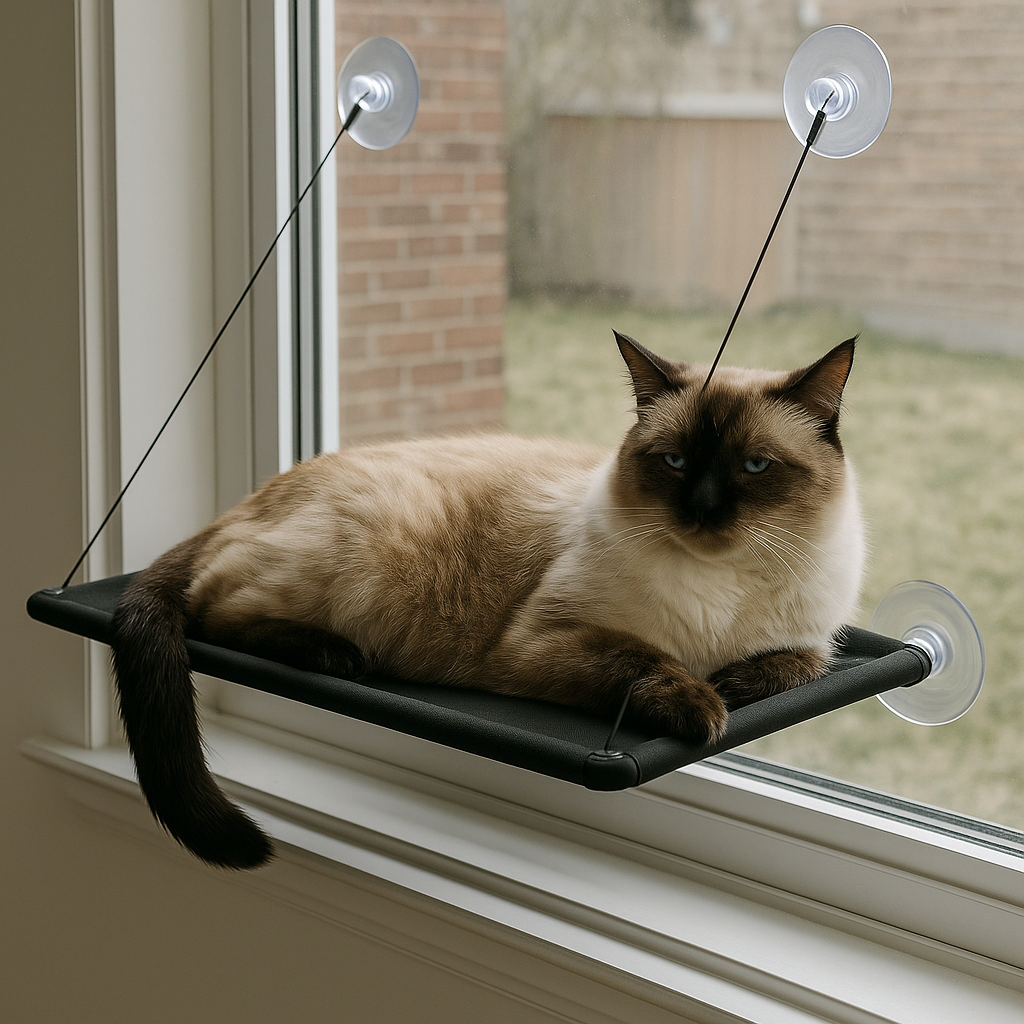Hairball Hassles: How to Prevent and Treat This Common Issue 2025 😺
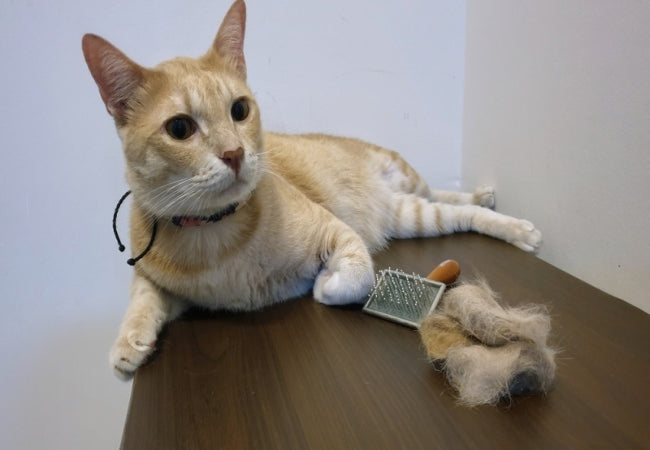
In this article
Hairball Hassles: How to Prevent and Treat This Common Issue 2025 😺
By Dr. Duncan Houston BVSc
Hairballs are a normal part of feline life, but repeated hairball problems can cause discomfort and sometimes indicate underlying health issues. Understanding the causes, prevention, and treatment of hairballs in cats is essential for maintaining your feline friend’s health and well-being.
🐾 What Causes Hairballs in Cats
Hairballs, or trichobezoars, form when cats ingest loose fur during grooming. Normally, ingested hairs pass through the digestive tract without issue. However, when hair accumulates in the stomach, it can form a ball, leading to:
-
Coughing or hacking
-
Gagging
-
Vomiting
-
Discomfort or constipation
Regular grooming and diet management are key to reducing hairball formation.
🛁 Regular Grooming
One of the most effective ways to prevent hairballs is daily grooming. Combing or brushing your cat removes loose hair before it’s ingested. Tips include:
-
Use cat-friendly brushes or grooming gloves suitable for your cat’s coat type
-
Long-haired breeds may require more frequent grooming
-
Grooming strengthens your bond while maintaining a healthy coat
🥗 Diet and Hairball Control
A cat’s diet plays a crucial role in hairball prevention:
-
Hairball control diets contain extra fiber to help pass ingested hair through the digestive system
-
Omega-3 fatty acids promote a healthy coat and reduce shedding
-
High-quality fiber supplements can improve digestion
Always consult your vet before introducing new supplements or changing diets.
💊 Hairball Remedies
If preventive measures aren’t enough, there are hairball remedies available:
-
Lubricating gels or pastes help hairballs pass more easily
-
Usually flavored to appeal to cats
-
Should be used under veterinary guidance and as a last resort
⚠️ Recognizing Hairball Complications
While occasional hairballs are normal, watch for warning signs that may require veterinary attention:
-
Frequent hacking without producing a hairball
-
Loss of appetite or weight
-
Lethargy or unusual behavior
-
Constipation or straining
Prompt veterinary consultation ensures your cat remains healthy and avoids serious complications.
💡 Final Thoughts
Hairballs are a common feline issue but can be effectively managed with:
-
Regular grooming
-
A hairball-friendly diet
-
Dietary supplements if needed
-
Close observation of your cat’s behavior
With these strategies, your cat can stay comfortable, healthy, and happy—and you can reduce the stress of hairball cleanup in your home.




